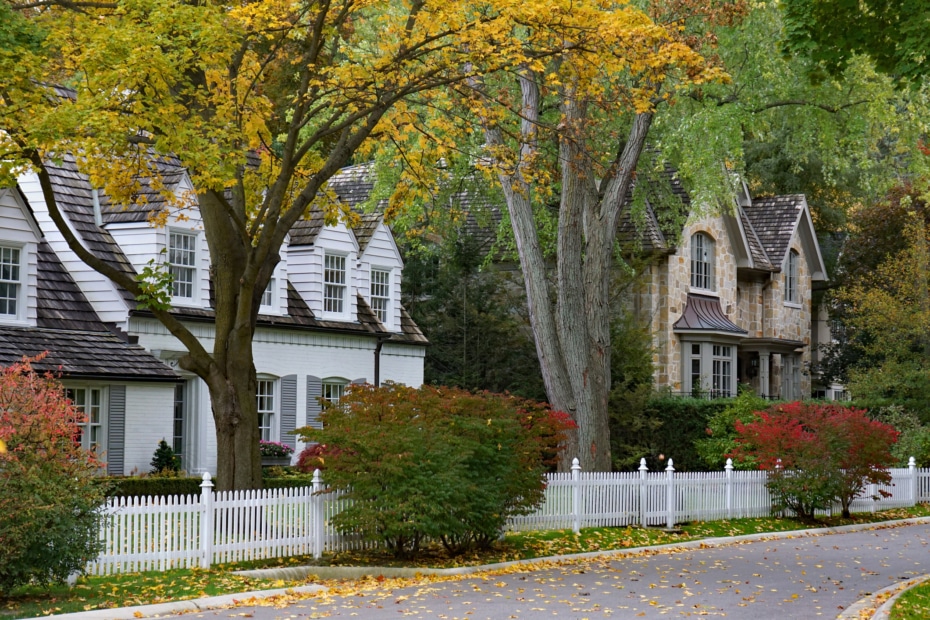Call Us At 519.672.5666
Insights & Articles
Trimming a Tree Along a Property Line – What Property Owners Should Know

Trees add aesthetic and environmental value to your property. However, trees straddling the boundary line between properties may be a cause of dispute if they become overgrown or pose a danger to another property.
Determining One’s Responsibility for Boundary Trees:
Every tree growing on a boundary line between adjoining parcels of land is the common property of the owners of those parcels of land. If one owner injures or destroys the tree without the consent of the other owner(s), then that person may be guilty of an offence under the Forestry Act.
In London, by-laws restrict owners from injuring or destroying trees in “tree protection areas”. In these areas, a permit is required to injure or destroy the tree, except where pruning the tree is necessary to maintain its health, or the tree is an immediate threat to public health and safety.
Protecting Against Harm Caused by a Neighbouring Tree:
If a neighbouring tree is causing damage to your property – for example, by growing into a structure, dropping branches, or preventing access to your property – you may be able to claim against the owner of the tree in nuisance.
A claim in nuisance will be established where the tree causes a “substantial and unreasonable interference” with the use and enjoyment of your property.
In Freedman v Cooper, the court confirmed that where there is nuisance, the requirement to obtain the consent of the co-owner(s) of a boundary tree before injuring the tree does not apply.
Where there is nuisance, property owners can resort to self-help remedies to eliminate the nuisance caused by roots or branches. If these remedies are taken, it is considered an alternative to receiving damages in court, because the nuisance will have been eliminated.
A Caution for Self-Help Remedies:
When exercising a self-help remedy, it is important to remember that you may be liable in trespass for stepping over a property line. If the tree is a boundary tree, you are still not entitled to enter the neighbour’s property. If the tree is not a boundary tree, you are only entitled to trim the part of the tree overhanging into your property. If you trim any part of the tree within the neighbour’s property, this will constitute a trespass as well.
When these disputes arise, take time to consider your options before trimming or cutting down the tree. If possible, obtain the permission of your neighbour to make the changes.
If you are engaged in a dispute about a neighbouring tree, contact a lawyer at McKenzie Lake Lawyers LLP by calling (519) 672-5666.
This post was written by Lawyer David Nash and Summer Student Aaron Ender

